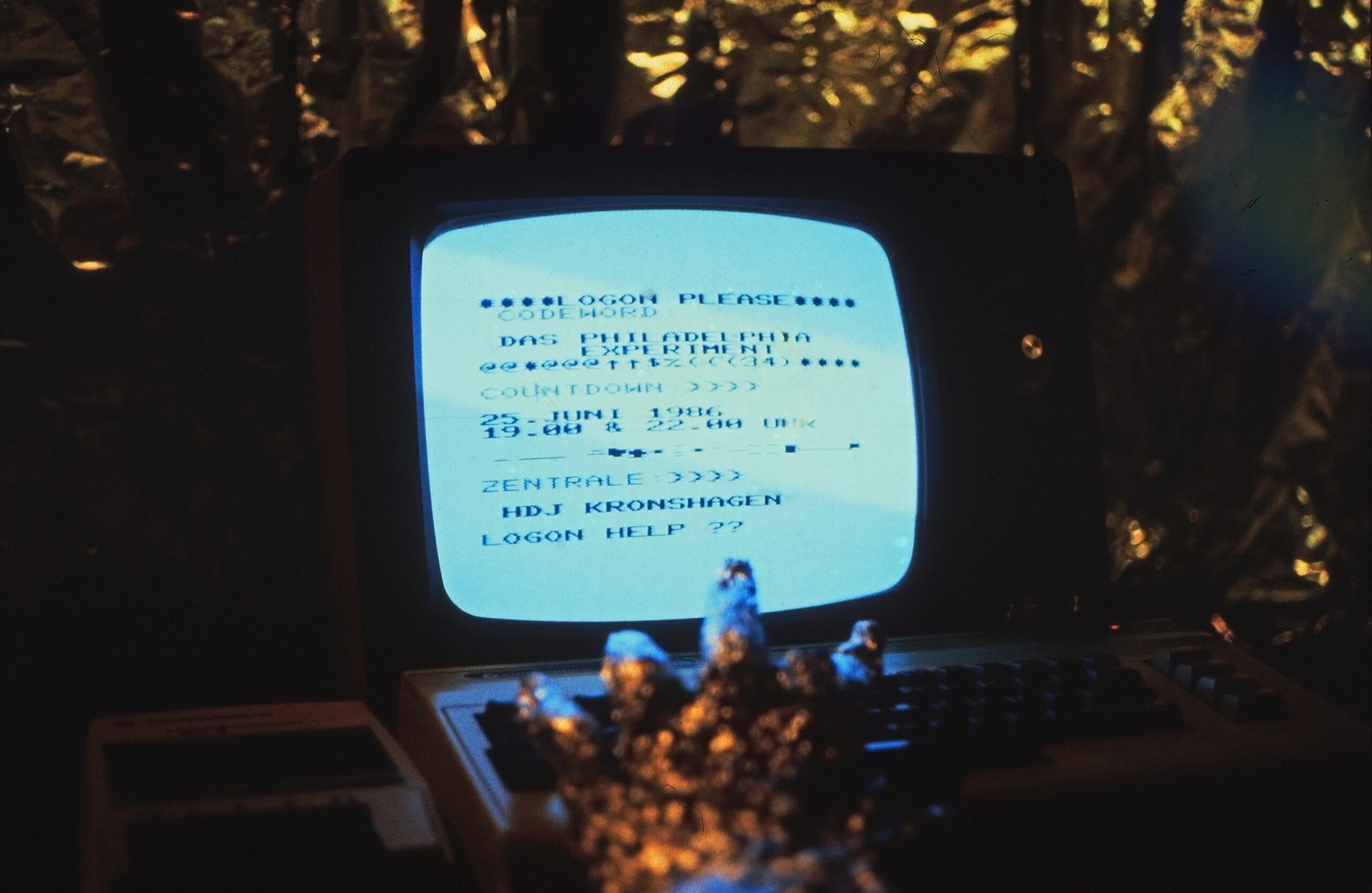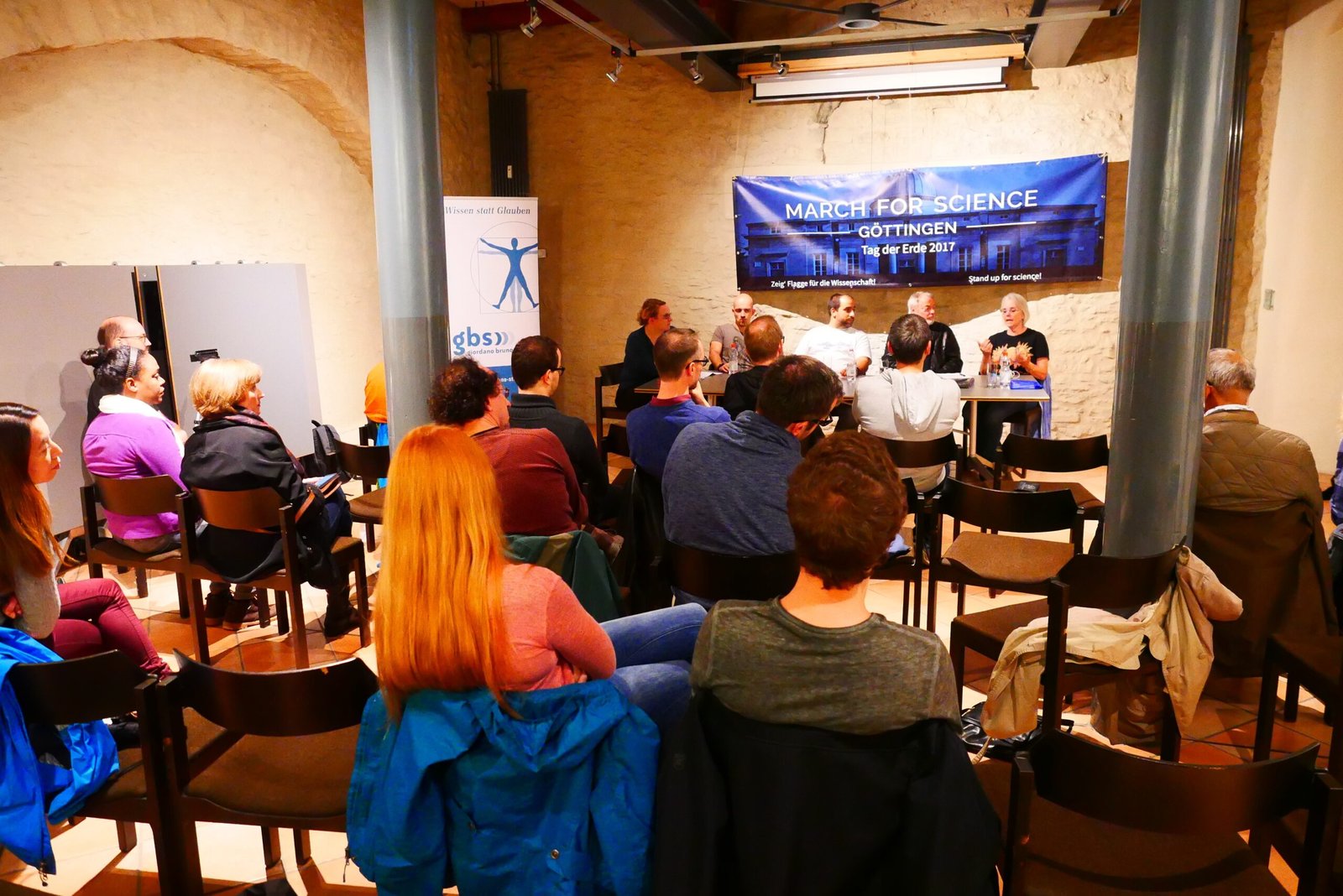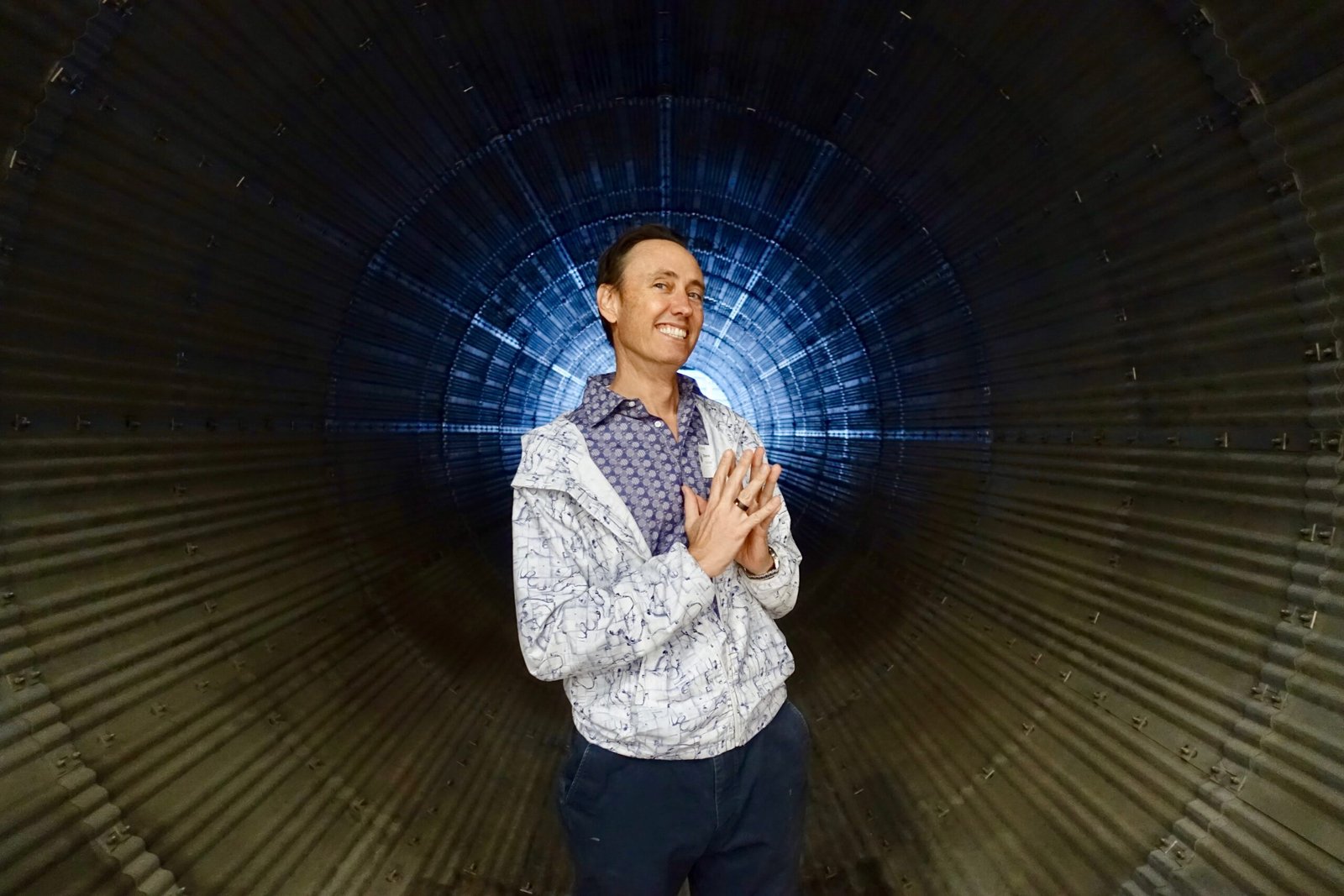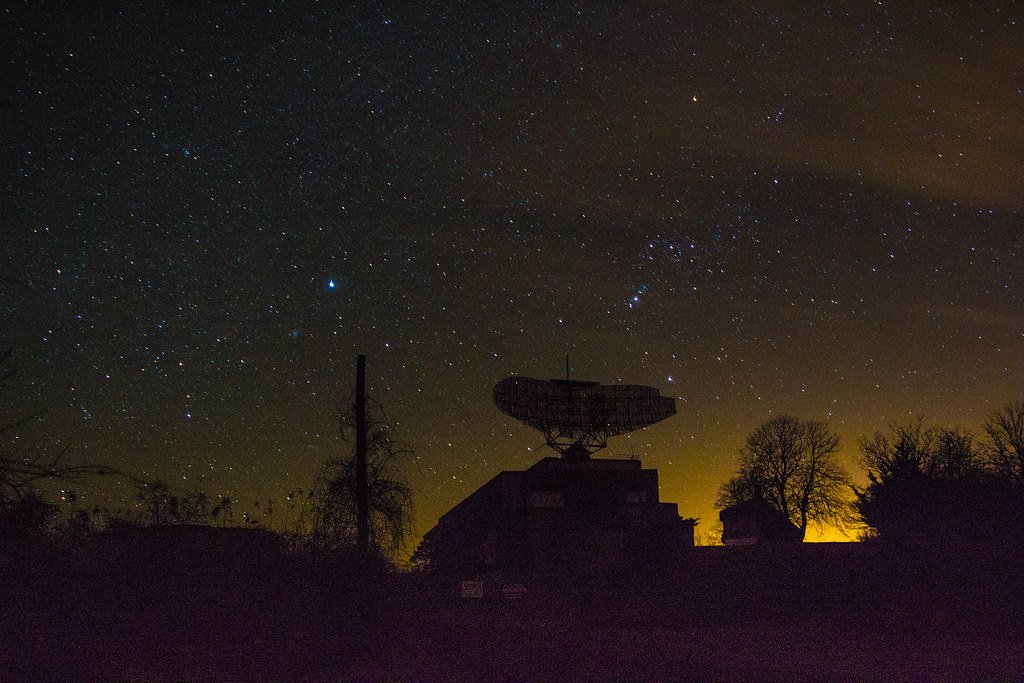Imagine a hidden military base on the edge of Long Island, shrouded in secrecy, where scientists reportedly tampered with the very fabric of reality. Tales swirl of mind-bending experiments—psychic warfare, time travel, and even contact with beings from other worlds. It sounds like the plot of a blockbuster movie, but for decades, the Montauk Project has captured imaginations and stirred controversy with its blend of conspiracy, fringe science, and sci-fi fantasy. Get ready to step into a world where the line between fact and fiction blurs, and where the mysteries of the mind seem limitless.
The Origins of the Montauk Project Mythos

The roots of the Montauk Project reach back to the Cold War, a time thick with paranoia and secrecy. Reports first surfaced in the early 1980s, fueled by the wild claims of Preston Nichols and Peter Moon. According to their accounts, the U.S. government established a clandestine facility at Camp Hero, Montauk, to conduct experiments no one dared imagine. These tales drew inspiration from real-life military projects like MKUltra and the Philadelphia Experiment, mixing historical truth with creative speculation. The result was a mythology that quickly gained traction among conspiracy theorists and pop culture enthusiasts alike. For many, Montauk became the ultimate symbol of government secrets gone rogue.
Camp Hero: The Setting of Strange Experiments
Camp Hero, perched atop the windswept cliffs of Montauk Point, adds an eerie realism to the legend. Formerly a military installation, the base featured radar towers, bunkers, and underground tunnels—perfect ingredients for a story of hidden experiments. Visitors even today report feeling a strange energy in the air, as if the past lingers in the concrete walls. The site’s real military history, including anti-aircraft defenses during World War II, lends credibility to the idea that something mysterious could have happened here. Whether fact or fiction, Camp Hero’s atmosphere is undeniably haunting, and it continues to draw curiosity seekers from around the world.
Mind Control: Fact, Fiction, or Both?

One of the most sensational aspects of the Montauk Project legend is its alleged mind control experiments. Whistleblowers claimed scientists at Camp Hero sought to unlock the secrets of the human mind, using a blend of psychology, electronics, and trauma-based techniques. The idea echoes real government programs like MKUltra, where the CIA infamously experimented with LSD and hypnosis in hopes of creating controllable agents. In Montauk’s version, however, the stories go further—suggesting telepathy, psychic enhancement, and even the remote manipulation of thoughts. While mainstream science dismisses these claims as fantasy, they raise intriguing questions about the boundaries of human consciousness.
Time Travel: Warping the Fabric of Reality
Perhaps the most jaw-dropping element of the Montauk Project legend is time travel. Accounts describe scientists opening portals to other eras, sending people and objects through rifts in the space-time continuum. Survivors supposedly returned with tales of futuristic worlds, ancient history, and alternate realities. Critics argue that such stories are pure science fiction, unsupported by any credible evidence or scientific theory. Yet the allure of time travel is irresistible, tapping into our deepest hopes and fears about the unknown. Even respected physicists have speculated about the theoretical possibility of time warps, though nothing like the Montauk stories has ever been verified.
The Influence of the Philadelphia Experiment

The Philadelphia Experiment, another infamous conspiracy theory, is closely linked to the Montauk Project narrative. According to legend, the U.S. Navy attempted to render a warship invisible in 1943, only to accidentally teleport it through space and time. Montauk Project proponents claim these experiments were continued and expanded at Camp Hero, weaving the two stories into a single tapestry of government secrecy and scientific hubris. The blending of these myths has only strengthened the cult status of the Montauk Project, making it a focal point for anyone fascinated by the limits of human technology and the dangers of unchecked ambition.
Psychic Children and the “Montauk Boys”

Some of the most disturbing Montauk Project stories involve the so-called “Montauk Boys.” Witnesses allege that children and teenagers were abducted and subjected to mind control, psychic training, and even time travel experiments. Descriptions of these events range from the bizarre to the traumatic, with survivors claiming to possess lost memories or unexplained abilities. While mainstream investigators have found no evidence to support these claims, they echo broader fears about the exploitation of vulnerable people in real-world government experiments. The Montauk Boys mythos has become a powerful symbol of innocence lost and the dangers of unchecked authority.
Science, Skepticism, and the Limits of Belief

Mainstream science regards the Montauk Project with deep skepticism. Physicists and psychologists point out that claims of time travel, telepathy, and mind control transcend current scientific understanding. No credible evidence has ever surfaced to support the wilder aspects of the legend. Yet, the mere persistence of these stories says something profound about human psychology. We are drawn to the mysterious, the forbidden, and the unexplained—often blurring the line between skepticism and open-mindedness. The Montauk Project serves as a cautionary tale about the dangers of believing too much, and the value of critical thinking in an age of misinformation.
The Montauk Project in Pop Culture
The influence of the Montauk Project stretches far beyond conspiracy forums. It has inspired movies, television shows, and novels—most famously serving as a blueprint for the hit series Stranger Things. In these fictional retellings, the line between reality and fiction fades, bringing the wildest Montauk legends to life with monsters, psychic children, and secret labs. This pop culture presence has only fueled interest in the original myth, ensuring its place in the modern imagination. Through art and entertainment, the Montauk Project has become a touchstone for anyone fascinated by the weird, the wonderful, and the terrifying.
The Human Fascination with Secret Experiments
Why do stories like the Montauk Project captivate us so deeply? Part of the answer lies in our fear of the unknown and our distrust of authority. The idea that secret organizations might conduct experiments beyond public scrutiny is both thrilling and unsettling. These legends also tap into timeless questions about the mind, reality, and the limits of human potential. Whether they are true or not, stories like Montauk invite us to imagine what might be possible if science knew no boundaries. They remind us that curiosity—paired with a healthy dose of skepticism—can lead to both inspiration and caution.
Legacy and Ongoing Mysteries

Today, the Montauk Project remains a fixture in the world of conspiracy theories and fringe science. Researchers continue to investigate, debunk, and reinterpret the stories, while tourists flock to Camp Hero in search of answers. The project’s legacy endures not because of hard evidence, but because of the questions it raises about secrecy, science, and the power of human imagination. For many, the real mystery is not whether the experiments happened, but why we are so compelled to believe in them.
The Montauk Project challenges us to reconsider the boundaries between science and science fiction, skepticism and wonder. What would you do if you stumbled upon a secret that could change reality itself?




